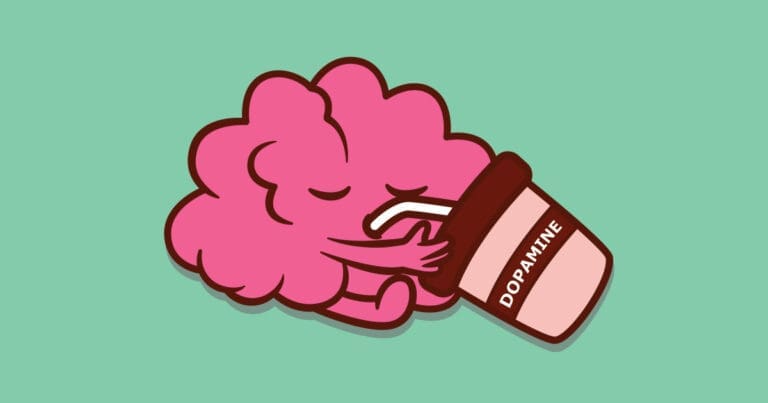We might not think much about tapping our students’ brain chemicals to support learning. Yet, those chemicals play an important role and thus are worthy of our attention. Naturally produced by the brain, these chemicals serve a variety of purposes, from making us alert and keeping us safe to calming our nerves and helping us to feel pleasure.
Dopamine is one of these brain-produced chemicals, found in the pleasure and reward center of the brain. Consequently, it can play a particularly helpful role in learning. Specifically, researchers have found that dopamine can have a positive impact on learning in three ways.
First, dopamine increases motivation. Dopamine has the effect of increasing the desire to repeat behaviors that generate feelings of pleasure, accomplishment, and reward. Dopamine is the ultimate positive reinforcement, and, equally important, it can be tapped repeatedly without losing its impact. The more we experience dopamine, the more likely we are to seek it.
Second, dopamine increases engagement and lengthens attention spans. Consequently, it increases learning efficiency and leads to success with fewer unsuccessful attempts. Dopamine also increases spatial learning, helping us to feel a stronger sense of context and connections.
Third, dopamine improves memory. The sensation dopamine creates increases our ability to focus. It also improves working memory, a powerful driver of academic success. Further, dopamine aids in recollection of past events and experiences, thus extending recall of what has been learned.
The bottom line: Dopamine can be a powerful force for learning.
Of course, this is a time of the school year when we are often challenged to motivate our students to focus on learning and recall what they have learned. Finding ways to tap dopamine in the brains of our students can be a key to meeting this challenge. Here are six strategies to employ.
First, we can offer students opportunities to be creative, curious, and inventive. The arts can be a great vehicle for students to express themselves. Composing, drawing, painting, performing, and designing activities are excellent stimuli for dopamine. Dopamine flows in a context of imagination and discovery.
Second, we might design learning activities that involve teamwork. Dopamine can be activated when we engage in efforts and activities that extend beyond ourselves. We often find significance and pleasure in being a part of something larger than us. Activities such as collective problem solving, service projects, and project-based learning are good examples. Experiencing human interaction and peer recognition and feeling supported can be effective generators of dopamine.
Third, we might coach students to set goals, track their progress, and celebrate accomplishments. When students feel as though they are on the right path, maintaining focus, making progress, and reaching benchmarks, dopamine can be plentiful. In fact, when we teach this skill and habit to students, we equip them with a lifelong, autonomous way to access dopamine whenever they choose.
Fourth, we can provide positive feedback, encouragement, and reassurance. Our timely, specific, positive, and actionable feedback can provide a shot a dopamine for students, especially for students who may lack confidence, have a history of learning struggles, or be prone to giving up. Of course, our feedback needs to be connected to students’ actions rather than their abilities or characteristics. Students can control their actions, such as the strategies and effort they employ, but they cannot control their natural ability or physical characteristics.
Fifth, we can activate dopamine through games, fun, and humor. We might change up some routines or inject some fun where possible. As examples, we might shift the label for learning geometry proofs to something like, “What the Logic?” or relabeling quizzes to “Show What You Know.” Starting the day with a relevant but respectful joke can break the routine and stimulate a dose of dopamine. Even finding humor in unexpected happenings and distractions can create some dopamine flow.
Sixth, we might introduce new and exciting challenges. Simulations, investigations, and explorations can be great ways to create a rush of dopamine. The key is to position the experience to be challenging enough to require effort, but not so difficult as to feel beyond reach.
Finding ways to engage students, increase learning efficiency, and extend recall of what students learn can be a constant quest. Fortunately, designing activities and employing strategies that release the flow of dopamine in our students’ brains can help us to meet this challenge, especially now.



